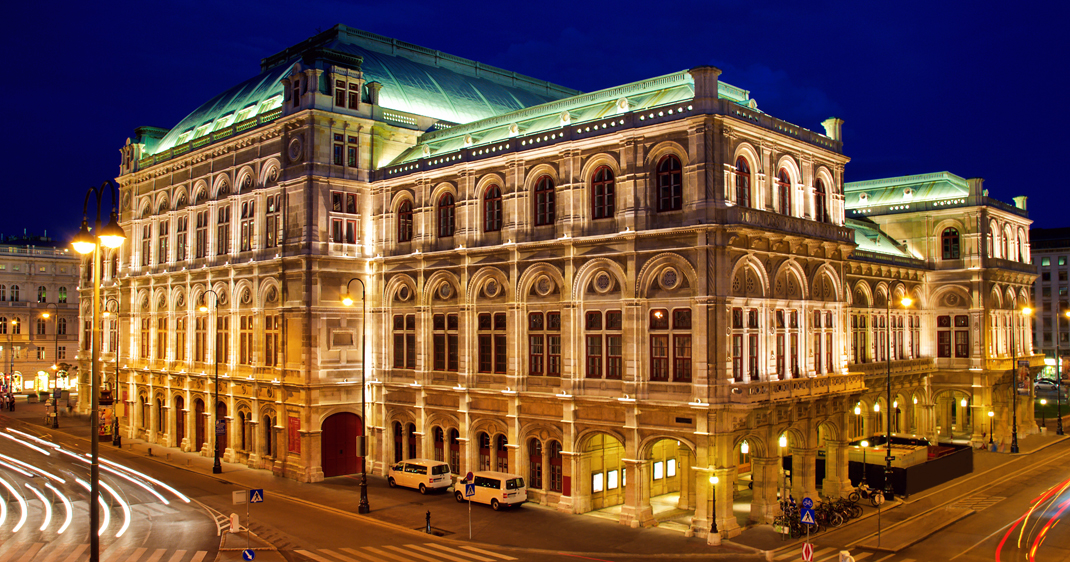Austrian World Heritage Palace and Gardens of Schönbrunn
From the 18th century to 1918, Schönbrunn was the residence of the Habsburg emperors. It was designed by the architects Johann Bernhard Fischer von Erlach and Nicolaus Pacassi and is full of outstanding examples of decorative art. Together with its gardens, the site of the world’s first zoo in 1752, it is a remarkable Baroque ensemble and a perfect example of Gesamtkunstwerk.
The castle is a symbol of the power and influence of the House of Habsburg in European history. Together with the park, the ensemble is an excellent example of the princely baroque residences, and a great work of art.
UNESCO WORLD HERITAGE
History
The name Schönbrunn (meaning “beautiful spring”), has its roots in an artesian well from which water was consumed by the court.
The Schönbrunn Palace in its present form was built and remodelled in 1740–50s during the reign of empress Maria Theresa who received the estate as a wedding gift. Franz I commissioned the redecoration of the palace exterior in neoclassical style as it appears today.
Franz Joseph, the longest-reigning emperor of Austria, was born at Schönbrunn and spent a great deal of his life there. He died there, at the age of 86, on 21 November 1916. Following the downfall of the Habsburg monarchy in November 1918, the palace became the property of newly founded Austrian Republic and was preserved as a museum.





